Planting bean seeds in open ground, caring for it and harvest time
Beans require a competent approach when planting in open ground and care. To get a good harvest from each plant, you need to create the necessary conditions and work a little. Beans are a thermophilic plant that needs a lot of light and moisture, and this must be taken into account when growing.
Seat selection
Beans, regardless of the type, are demanding on light. She loves sunny areas, and grows poorly in the shade. When growing it, light partial shade is allowed, but only a few hours a day. For growing beans, areas on a hill that are blown by wind are not suitable. Also, you should not plant beans in the lowlands, where water often stagnates after rains and cold morning fogs descend.
Growing beans in the open field will be successful if the site is illuminated by the sun all day, and on the leeward side there is a structure, fence or hedge made of shrubs. The soil must be loose and well-drained. It is best to plant beans on sandy loam and loamy soils. If the soil is heavy, it must be improved - add sand, a large amount of compost, peat chips, sawdust.
The precursors of beans can be any plant other than legumes. Legumes can only be planted in the same place after four years. Because beans are self-pollinated, different species can be grown close to each other. In this case, pollination will not occur.
Important!
Growing beans enriches the area with nitrogen (legumes are green manure). Thus, you can restore the soil on the site by growing beans on it. When it's time to harvest, you don't have to pull the whole plant out of the ground. The aboveground part is cut off at the soil level, and the roots are left in the ground as fertilizer.
Site preparation for planting
The site for planting is prepared in advance. Better to do this in the fall. Weeds with roots are removed from the garden bed, organic fertilizer is applied and dug up. 1 m2 you need 5 kg of manure or humus. Clods of earth are not broken, but left for the winter to freeze in order to destroy the larvae of pests.
In the spring, the clods are broken, the site is leveled with a rake. Mineral fertilizers will be correctly applied just before planting. When minerals are introduced in autumn, they are washed out by melt water and rain, and in spring they hardly remain in the ground.
Before planting, add 30 grams of superphosphate and 25 grams of potassium chloride per 1 m2... Instead of this fertilizer, you can add 2 cups of wood ash.
Landing time and scheme
The beans are planted as seeds directly into the ground. Due to the fact that this plant is thermophilic, planting dates are in late May or early June - it all depends on the weather. Planting beans outdoors in cold weather delays the emergence of seedlings, and if it constantly rains, then the seeds can rot. Lowering the temperature to 0 ° C can be detrimental to all seedlings.
Bush beans are more hardy than curly beans. Curly is better to plant a week later than bush. The optimal time for planting seeds comes when the soil temperature warms up to 15 ° C at a depth of 5-7 cm. In case of a possible cold snap, crops should be covered.
Seeds are sown in rows or in holes.
Planting pattern in rows
- For bush beans - 15-20 cm between plants in a row, between rows - 30 cm. Each three rows must be separated by a passage of at least 60 cm for convenience when leaving and harvesting.
- For curly beans, the distance between plants should be 25 cm in one row, and between rows - 70 cm.
It is convenient to plant curly beans along the fence, south or east wall of the house - they will serve as a support for it. There is a way of landing in the form of a wigwam. At the same time, a wide hole is prepared, 70 cm in diameter. A groove 5 cm deep is made around its circumference. The seeds are laid out on its bottom at a distance of 20 cm from each other. For support, a high stake is driven into the center of the circle, and a strong string is pulled from its top to each plant and tied to a peg in the ground.
Before planting, so that the seeds of the beans sprout faster and become less susceptible to diseases, they must be prepared.
- Seeds are sorted out and rejected cracked, broken and irregular in shape.
- Soak overnight in water at room temperature.
- If it is not possible to soak overnight, then before planting, the seed is dipped in hot water for 10 minutes, the temperature of which should be 60-70 ° C.
- Then 5 minutes are kept in a boric acid solution, which is prepared at the rate of 1 gram of boric powder per 5 liters of water. Instead of a boric acid solution, the seeds can be held for 5 minutes in a raspberry solution of potassium permanganate, but after this procedure they must be washed.
Although there should be a distance of at least 15-25 cm between adult plants (depending on the species), when planting, seeds can be laid out in grooves more often. After the beans have sprout and the first true leaf appears, planting must be thinned out, leaving the strongest shoots at the right distance. The rest can be transplanted to another place, but for this they must be dug out with a small lump of earth.
Bean seeds sprout slowly. If the air temperature is kept at + 22-25 ° С, then the emergence of seedlings can be expected in 10 days. If the air temperature is lower, then germination is delayed up to 20 days.
Hilling and tying to the support
Bean care, in addition to standard procedures such as weeding, watering and loosening, is complemented by hilling. Hilling is especially necessary for bush species, it makes the plant more resilient and does not allow it to collapse in wind and heavy rain. The first hilling is carried out when the bushes reach a height of 30 cm.In the future, this is done as needed. If the foliage of the nearby bushes has closed, hilling is no longer required - the plants will support themselves.
If the plantation with bush beans is small, then you can drive a peg near each plant and tie it up. If the site planted with beans is large, then driving a peg near each bush is very laborious.
Curly species must be tied to a support. This can be a trellis, ordinary wooden stakes, or a net stretched from one end of the bed to the other.
Care
It is necessary to weed and loosen the soil constantly. This will provide air access to the roots, and prevent diseases from developing. This procedure can be excluded if the aisles are mulched. It is not necessary to lay mulch close to the plants, because it will complicate hilling.
Watering the beans needs special.
- The first two to three weeks after planting are watered once every 7-10 days. The soil must be constantly moist.
- When 4 true leaves are formed, watering is temporarily stopped.
- Watering is resumed after the formation of the first buds.
- After the pods appear, watering should be frequent and abundant.
Watering is carried out with water slightly heated under the sun. The tap water must settle.
The irrigation plan is shown without precipitation. If it rains, then it needs to be corrected. If the summer is rainy, you can do without watering, or water only when the rain does not deeply moisten the ground.
Fertilizers must be applied during the season. After the appearance of three true leaves, superphosphate is added, 30-40 grams per 1 m2... After the formation of buds, the site is fertilized with potassium salt, 1 m2 you need 15 grams. In the middle of summer, wood ash can be poured into the aisles, 1 glass per running meter.Nitrogen is not brought in in summer, because with sufficient air humidity, bean plants themselves extract it from the air. Excess nitrogen can lead to the fact that the plant has a lot of foliage, and the pods are not formed.
Curly beans require pinching. This must be done when the plant height reaches 2-2.5 meters. It will cease to stretch upward, and all forces will be directed to the ripening of fruits.
Harvesting
Bean pods can be harvested within two weeks of their appearance. Harvested so early are eaten fresh, they are not stored for a long time. If it is supposed to store the crop, then it is harvested when the pods begin to dry out, and the beans in them ripen. At the same time, it is important not to allow the pods to open themselves, and the grains spill out onto the ground. It is better to harvest a little earlier and then dry it in the shade.
You can cut the bushes and leave the roots in the ground. Hang each plant under a canopy with the base of the stem up and leave until the pods dry.
Advice
You can tell if the beans are ready to be harvested by breaking the pod across. It should break easily, and the break should have smooth edges.
The lowest pods are left on the seeds and wait for them to fully ripen. Store seeds in the refrigerator at a temperature of + 5-7 ° C. The shelf life is long, not less than five years.
Output
Beans are not difficult to grow on site, but recommendations must be followed to get a good harvest. If the site is small, then it is better to opt for curly species. It should be remembered that they are less resistant to cold weather, and ripen a little later than bush.
Planting in a sunny location and maintaining sufficient moisture in the soil are prerequisites for growing. At the same time, the soil should not be very wet, because this can lead to plant diseases.
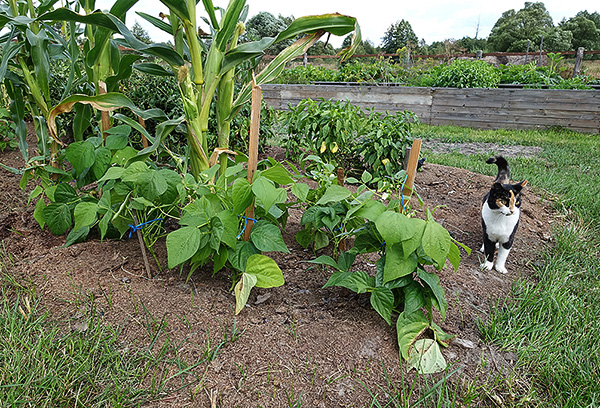



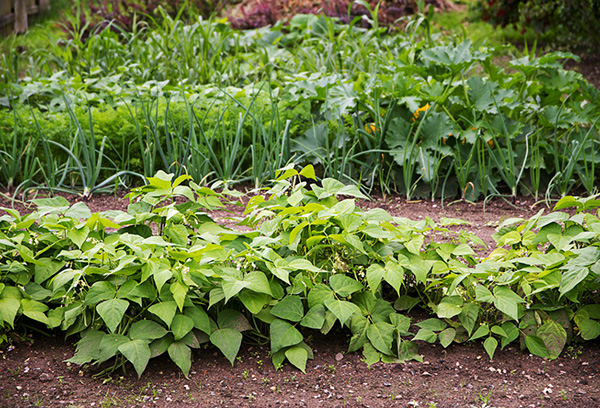
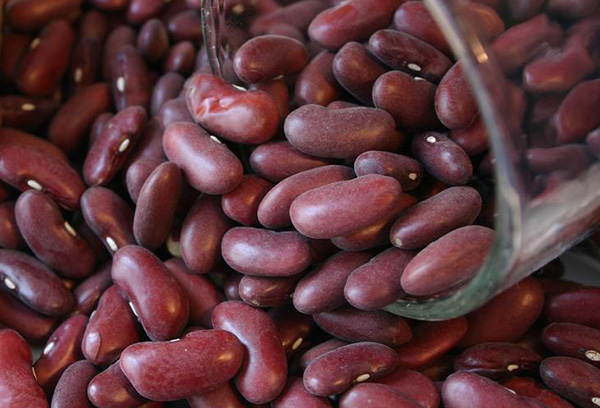

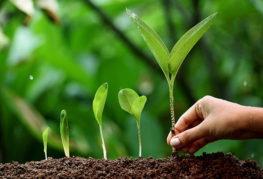
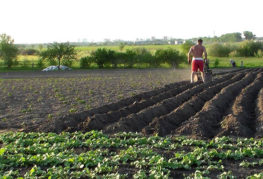
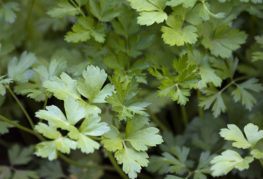

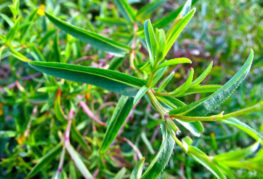
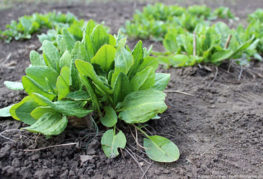
and will be published shortly.